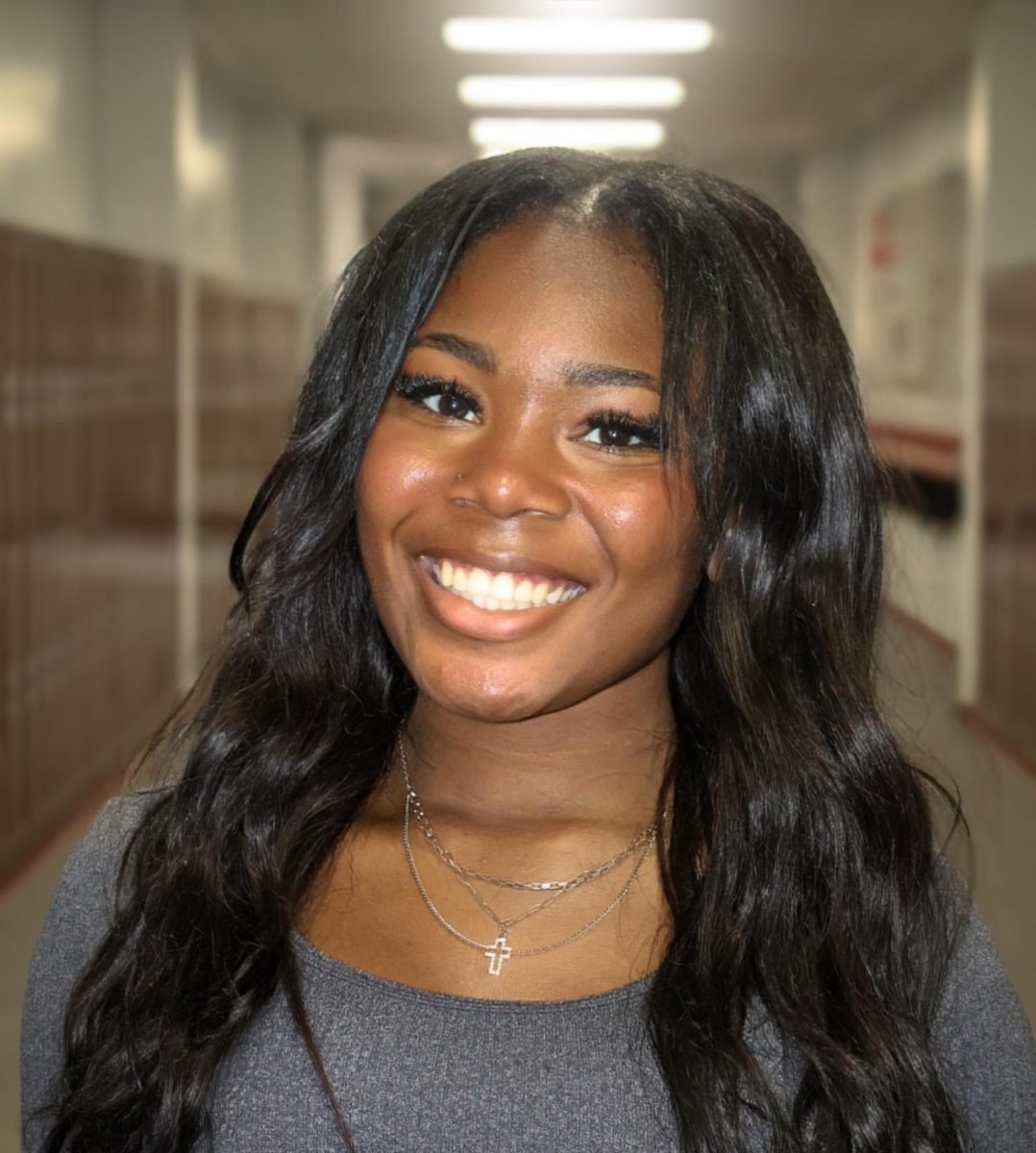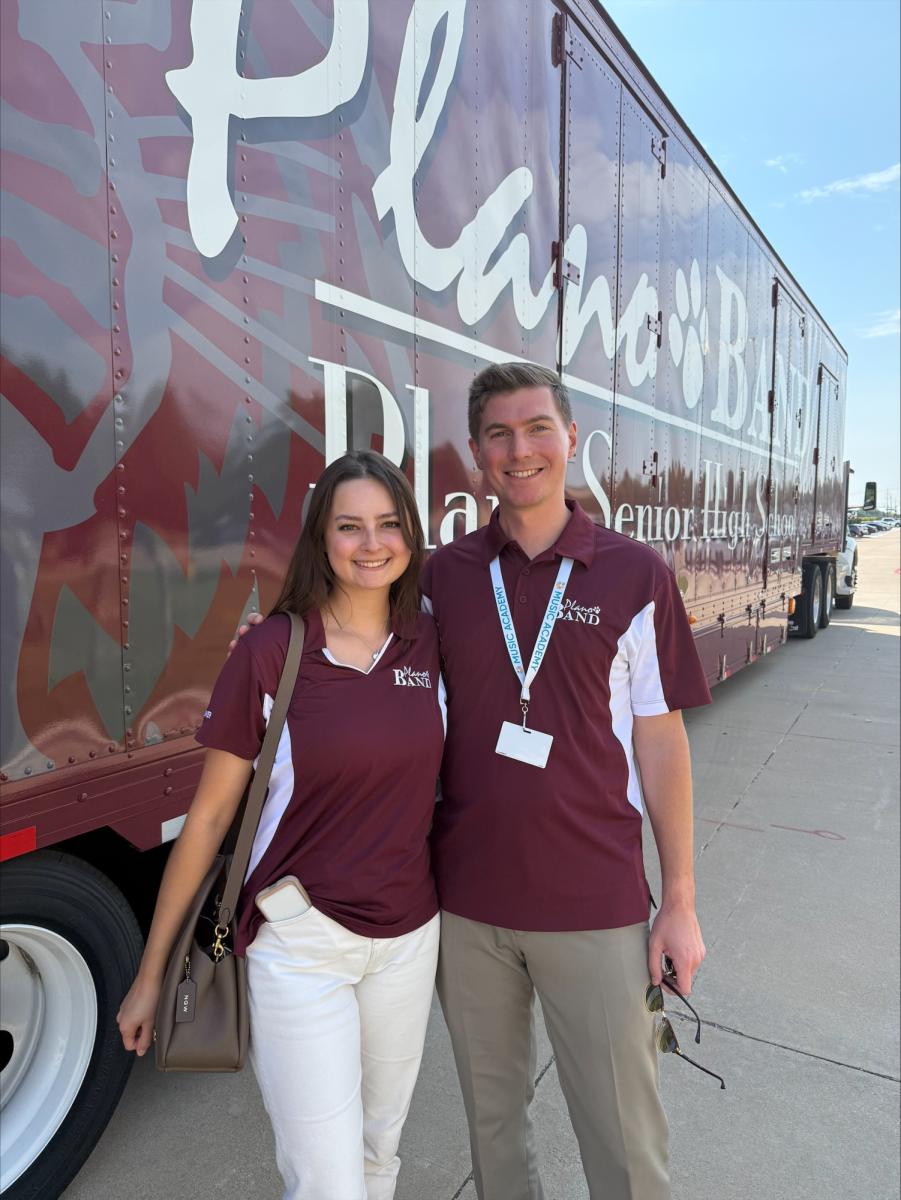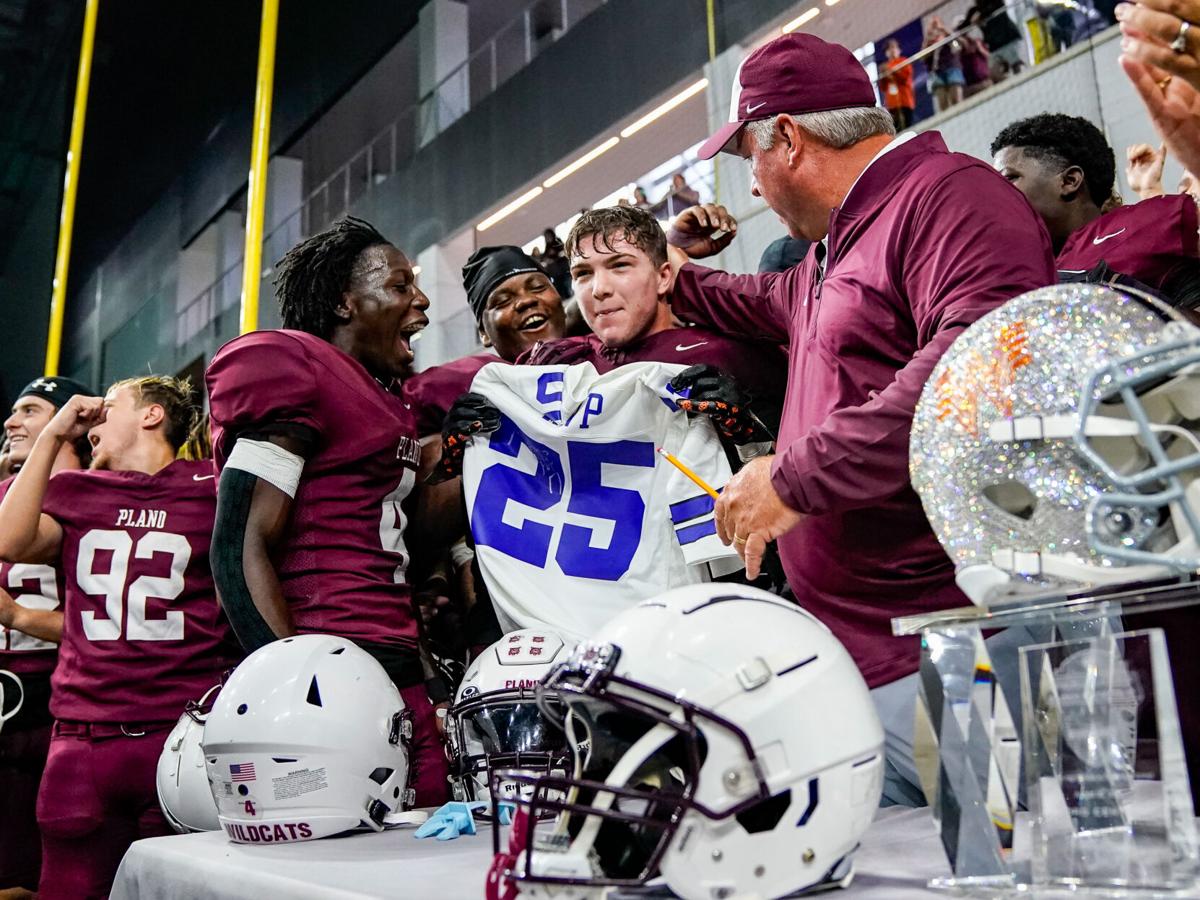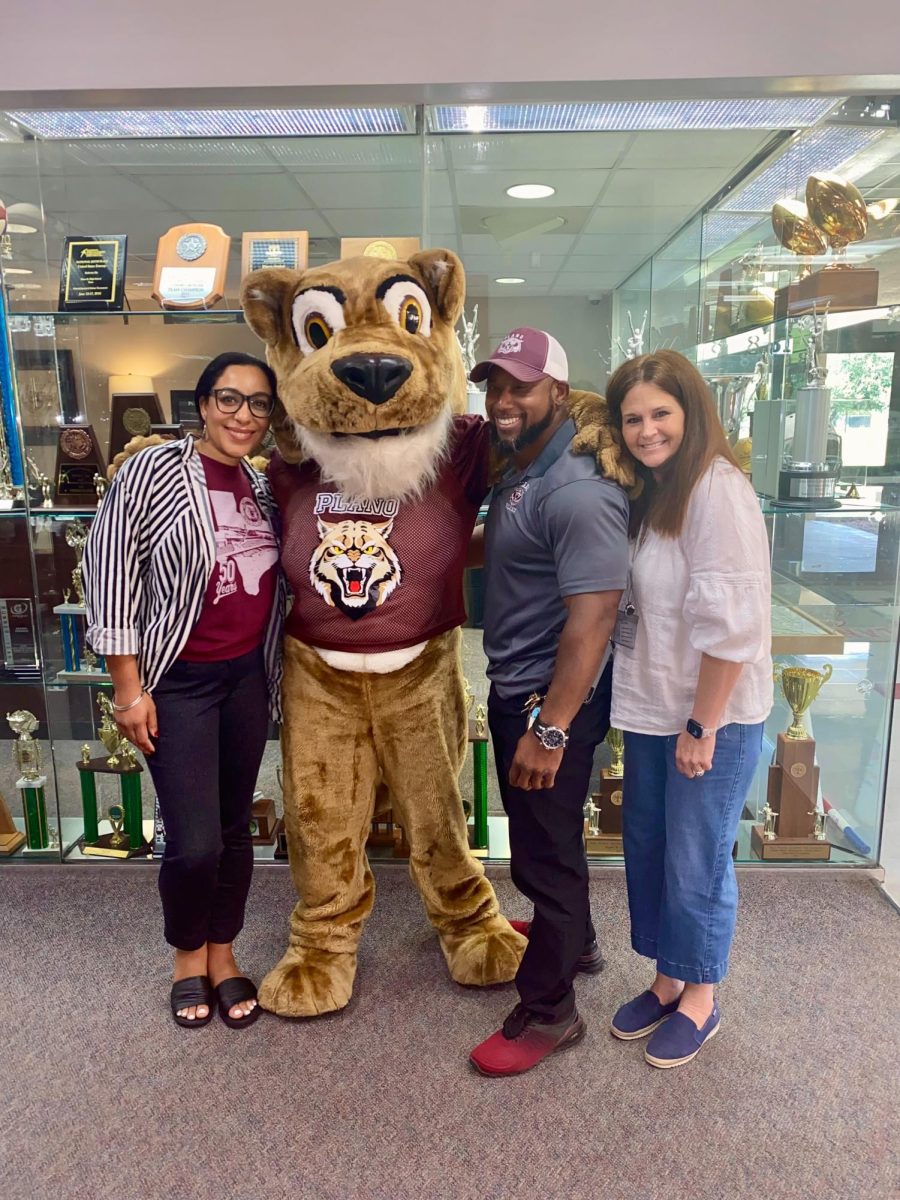They spend hours in hospital rooms. They know the fastest way to the doctor’s office. They know the difference between a Lateral Malleolus and Xiphoid Process and what could possibly go wrong. But they are not sick; they are learning.
Clinicals is a double-blocked class that allows students to have hands-on experience in various medical fields. it does require a pre-requisite medical class, Principles of Health Science. In addition, some clinicals students work at places where medical care takes place – from emergency care centers to nursing homes. They have to know what halitosis is, and how to treat group B strep.
Senior Christina Diaz found outside work at medical centers through her clinicals teacher, Mrs. Dollar. Diaz applied with Dr. Ronald Friedman, a plastic surgeon, and works after school assisting in his office, Monday through Friday from about 3:30 p.m. until about 6 p.m.
Her hands reach up to her jaw as she remembers seeing a facial plastic surgery procedure.
“I have seen so many things,” Diaz said. “I saw this chin liposuction. They had to do it while she was awake. They just numbed her jaw, and then they liposuction that part. They insert the suction and loosen up the fat. I just don’t know how she was able to stay awake. The procedure was rough, but she did it.”
Seniors Farwa Naqvi and Laura Kenyon both volunteer at Children’s Medical Center of Dallas. Although they are not in clinicals this year, they both took clinicals as juniors. Naqvi said clinicals opened the door to more volunteer opportunities and offered experience through “sights”, or medical workplaces where they volunteer and shadow nurses and doctors during their class time.
“The first time I saw someone pass away was when I was in a clinicals sight,” Naqvi said. “This past summer I saw a child pass away from a brain tumor at Children’s Medical Center. I had already seen so many deaths through clinical rotations when we go to hospitals that I was prepared for what I saw there.”
Kenyon began volunteering at Children’s Medical Center last summer. She eased into it by working in the office and filing for doctors. Now she works with children on weekend mornings or when the doctors call her in for extra help, and she plans to pursue a career in neonatology – a subspecialty of pediatrics that focuses on newborn infants.
“I really got into neonatology through clinicals,” Kenyon said. “I was not a fan of the nursing homes, but then we went to the Neonatal Intensive Care Unit and all the nurses were so sweet. They got to work with babies and I couldn’t help, but I love it.”
After doing what the nurses refer to as “sitting” – where a volunteer watches the sick children while their parents are away – Kenyon made busy books for the kids to do. Busy books are a type of homemade learning book.
“You don’t really see everything until you’ve been there with the kids,” Kenyon said. “You don’t understand what they really need.”
Naqvi changed her mind after her first year of clinicals about her career.
“I want to be more on the creative side, maybe do something in business and marketing,” Naqvi said. “I feel like in the medical field it’s just a set of things you have to do. That’s everything you learn and everything you do. I already know what a doctor will do in his career, but with business and marketing it can take you anywhere.”
Diaz, Naqvi and Kenyon do not only learn from their textbooks, but also from what they have seen and heard firsthand.
“I think it’s amazing to see these kids,” Naqvi said. “Even when they’ve been through so much every day that I am there, they’re always happy and smiling and just like, ‘Oh, you want to read a book to me? Do you want to play with me?’ They don’t really have a negative attitude and I think that’s pretty amazing.”






